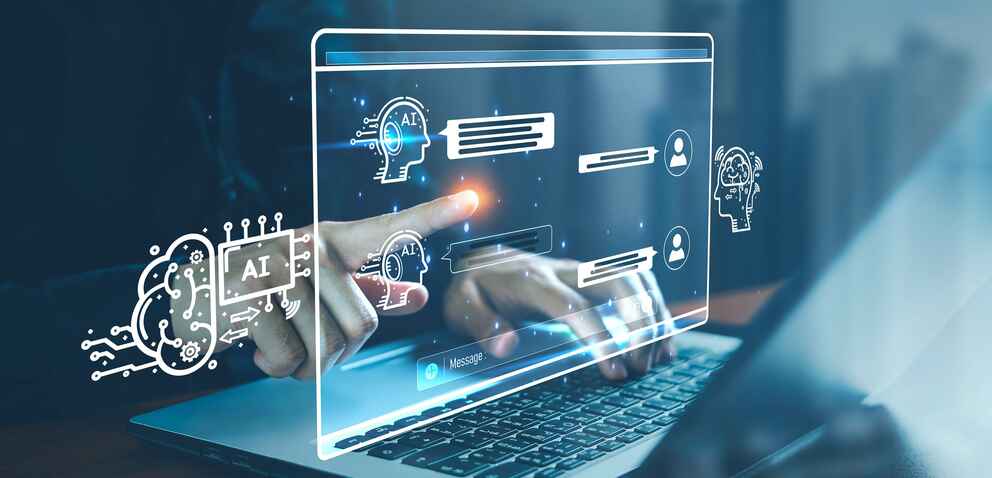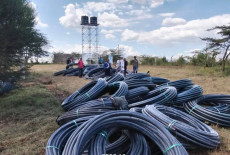- Turnitin helps instill a deeper understanding of academic integrity among students when integrated into teaching methods. An often overlooked aspect is the faculty/ supervisor’s role in interpreting Turnitin reports.
In reference to “The County News Digital Weekly Epaper” article published on Saturday, August 31, 2024-No.3, Ndonye contends that Turnitin primarily functions as a similarity index rather than a comprehensive plagiarism checker, thus pointing out its limitations in evaluating content's originality or contextual significance.
While the article accurately outlines Turnitin’s key purpose of identifying text matches between submitted work and existing sources, it fails to acknowledge several features that augment Turnitin’s efficacy in detecting plagiarism when utilized appropriately.
Turnitin’s primary role is to generate a Similarity Report, which highlights matches between submitted documents and an extensive repository of academic texts, websites, and other online sources.
Nonetheless, Glendinning (2014) highlighted that this report should be perceived as a starting point for academic assessment rather than a conclusive indicator of plagiarism. By delving into Turnitin's broader capabilities, it becomes evident that the tool can significantly contribute to upholding academic integrity when coupled with informed oversight.
Turnitin offers more than simple similarity detection; it is a valuable educational tool. By providing thorough feedback, Turnitin helps students understand the importance of proper citation, paraphrasing, and academic writing skills, as a preventive measure against unintended plagiarism (Bretag, 2013).
Read More
Turnitin helps instill a deeper understanding of academic integrity among students when integrated into teaching methods. An often overlooked aspect is the faculty/supervisor’s role in interpreting Turnitin reports. Many institutions misunderstand the similarity percentage as a direct measure of plagiarism. In reality, Turnitin (2023) suggests that similarity indices should be evaluated in context.
Therefore, the Faculty members are trained to determine whether the matched content indeed constitutes plagiarism, which involves assessing the appropriate use and acknowledgment of sources rather than solely identifying textual overlaps.
Turnitin’s customizable features, excluding bibliographies, quoted material, and small text matches, provide more relevant and contextually accurate similarity reports. These settings can be tailored to suit specific assignments or disciplinary standards, enhancing Turnitin’s effectiveness by focusing on substantial content rather than insignificant matches. This flexibility underscores Turnitin’s potential as more than just a similarity tool but as part of a broader effort to detect and prevent plagiarism.
The integration of Turnitin within a broader academic integrity framework significantly amplifies its effectiveness. Institutions that combine Turnitin with clear policies on examinations and research, student education, and appropriate oversight are better prepared to utilize the tool effectively.
This comprehensive approach ensures that both students and faculty critically engage with similarity reports, distinguishing between matching text and actual plagiarism. According to Pecorari & Shaw (2012), Turnitin’s continuous evolution, including the integration of AI and machine learning, has expanded its capabilities to encompass features such as authorship investigation.
These advanced tools can identify changes in writing style and potential contract cheating, broadening Turnitin’s role from mere similarity detection to a comprehensive academic integrity solution (Turnitin, 2023). However, it's essential to note that some institutions, as referred to by Dr. Ndonye in Kenya may still be using outdated versions of Turnitin that lack these advanced features.
Relying on older versions might limit the software’s ability to effectively identify complex cases of plagiarism, perpetuating the misinterpretation of similarity indexes as direct evidence of plagiarism.
In order to fully leverage Turnitin's capabilities, educational institutions should ensure they are utilizing the latest versions of the software, which adhere to best practices in plagiarism detection and offer advanced features for academic oversight.
Regular software updates and comprehensive training for academic staff can bridge the gap between basic similarity detection and accurate plagiarism identification, ultimately reinforcing the integrity of academic assessments. In conclusion, while Turnitin's primary function is to identify text similarities, its effectiveness as a plagiarism detection tool is greatly enhanced when integrated into a comprehensive pedagogical and administrative approach.
Educators should be able to interpret reports accurately, distinguishing between text overlap and true plagiarism. Turnitin's customizable features further refine its analysis, directing attention to relevant content that requires scrutiny.
Therefore, while Turnitin is not a standalone plagiarism checker, it remains a valuable asset in upholding academic integrity and identifying potential misconduct with a critical and informed approach.
Robert Agwot Komakech is a PhD Student at the University of Nairobi / Research Fellow, Uganda Management Institute.
E-mail: [email protected]












